Classic cars are known for their beautiful and elegant designs. However, to the untrained eye, finding the gas cap on a collector car might not always be as straightforward as on modern cars because designers of the era actually hid them from sight. Historically, automakers aimed for sleek, uninterrupted body designs, which led them to hide components like the gas cap. Designers considered aesthetics and convenience, which led to some classic cars having a hidden gas cap in discreet yet accessible locations.
These are our top hidden gas cap locations that you need to see.
1. Behind the Rear Tail Light
Some classic cars ingeniously conceal their gas caps beneath the taillight assembly. This placement involves a clever integration into the vehicle’s design, where accessing the gas cap requires removing or flipping the taillight assembly. Such a setup not only maintains the car’s sleek appearance but also ensures that the gas cap remains discreetly hidden from view, adding an element of surprise for unsuspecting observers.
Here are a few examples of cars that had their gas caps behind a rear tail light.
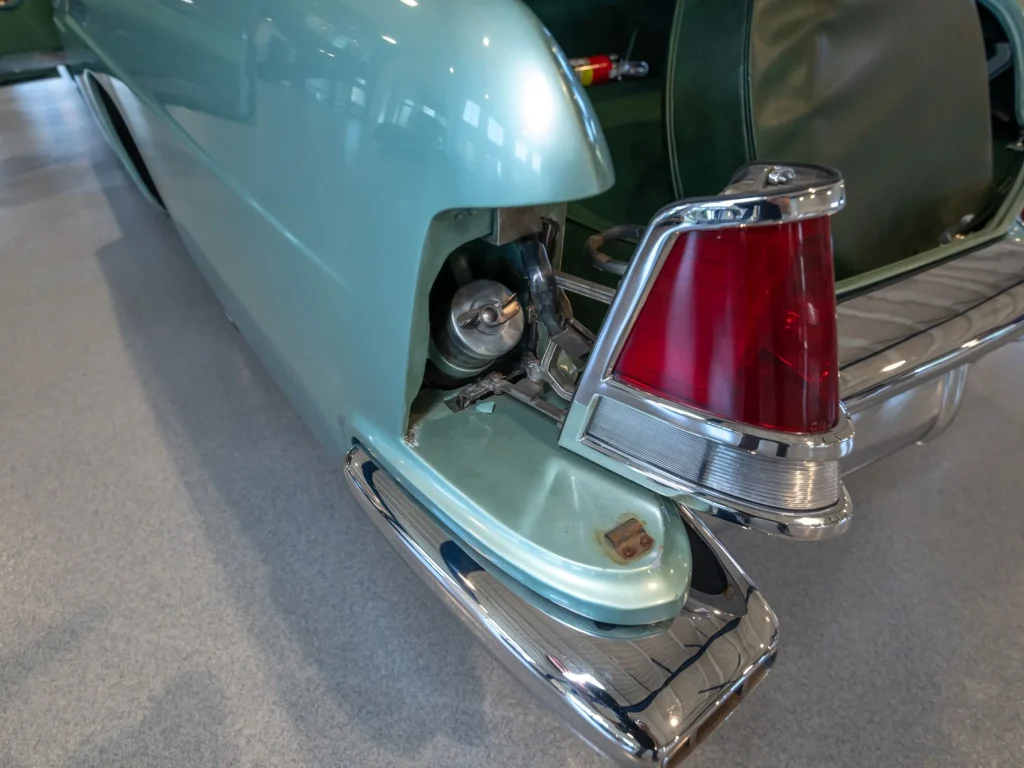
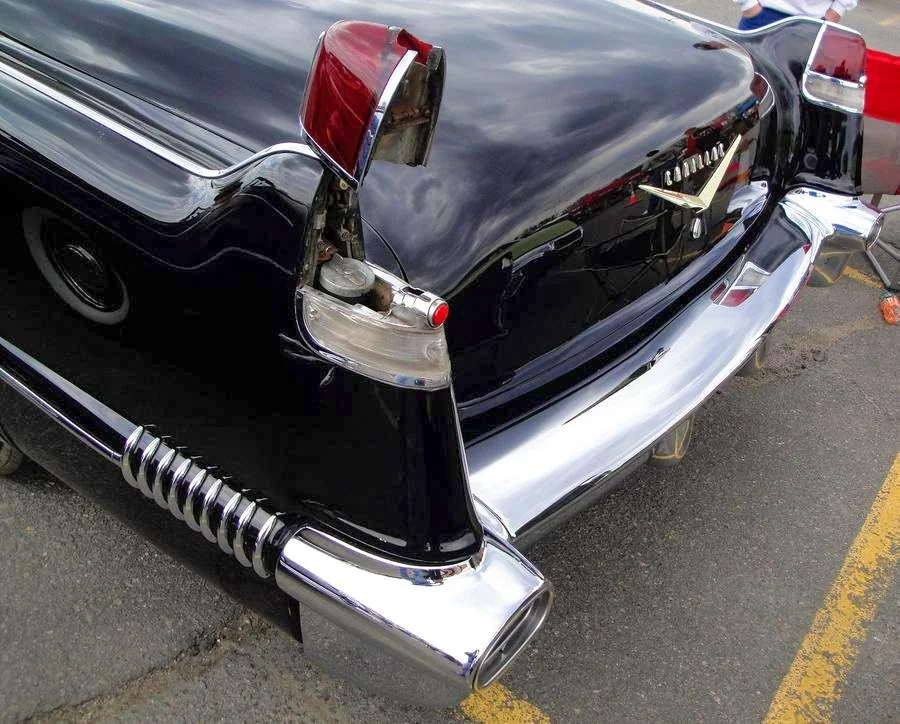
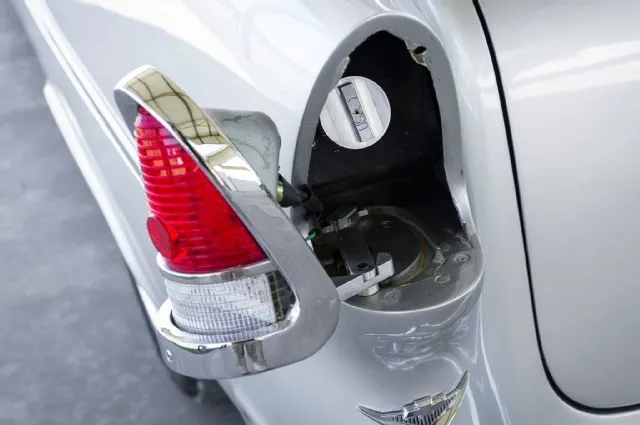
2. Hidden Within the Rear Fender
Certain classic cars feature a hidden gas cap nestled within the rear fender, showcasing a blend of innovative design and practicality. In this setup, accessing the gas cap often involves opening a discreet panel or compartment located within the fender, revealing the fuel filler neck concealed within. This integration seamlessly combines form and function, preserving the vehicle’s timeless elegance while ensuring easy access to the gas cap for refueling purposes.
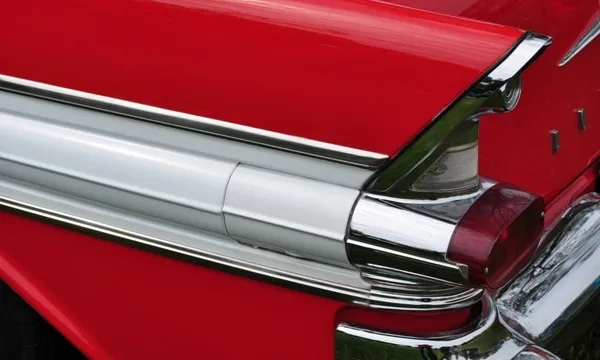
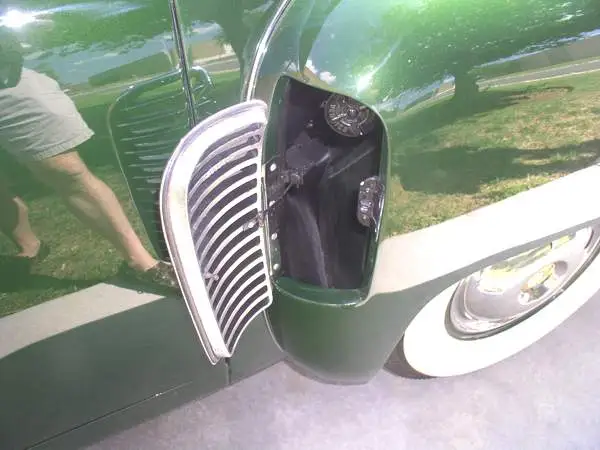
3. Behind the License Plate
Another popular hiding spot for the gas cap is behind the license plate. In this setup, the gas cap is typically accessed by flipping or releasing the license plate, revealing the fuel filler neck hidden behind. This design choice not only preserves the classic car’s aesthetic appeal but also provides a practical solution for refueling, with the license plate serving as a convenient cover to conceal the gas cap when not in use.
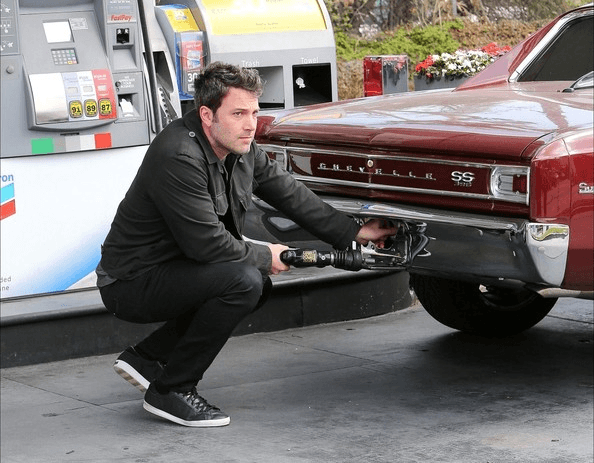
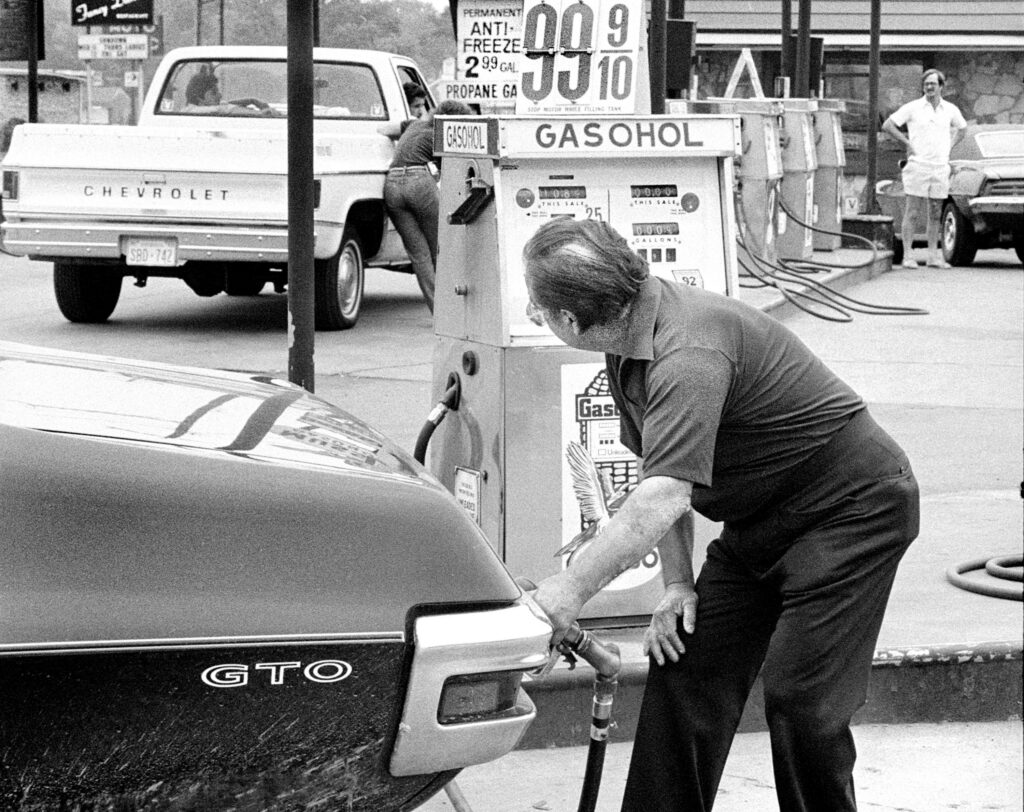
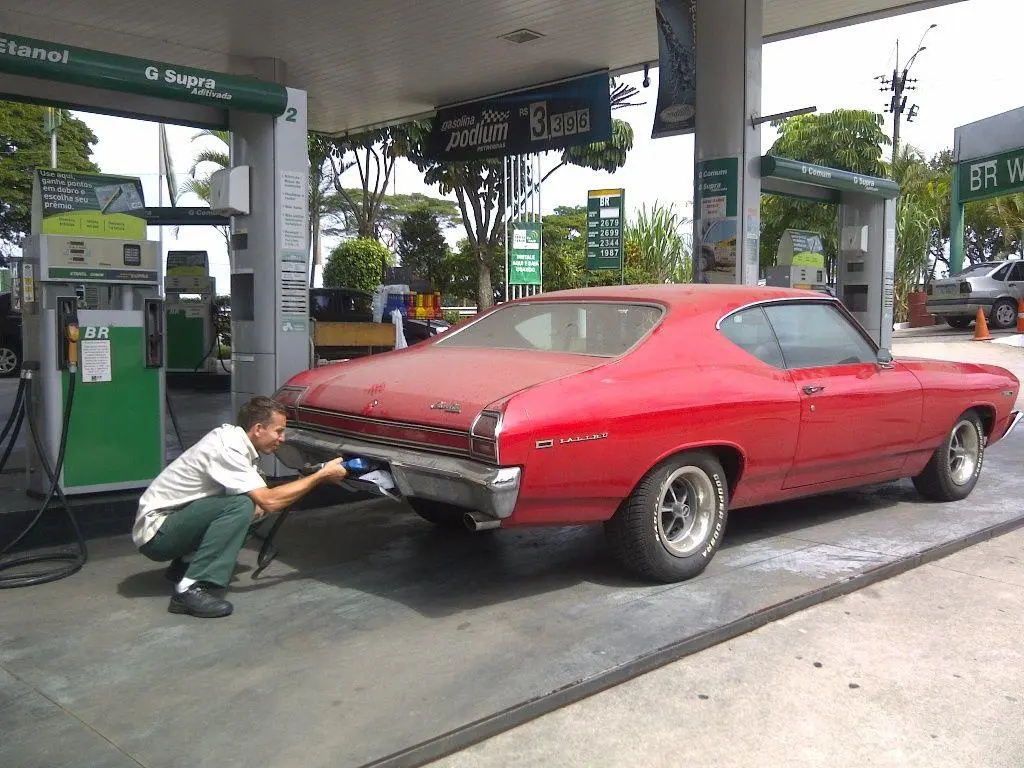
4. Hidden in Plain Sight
Referring to some of the most iconic American muscle cars, we also added ‘Hidden in Plain Sight’. The early Mustangs and Camaros had their fuel fillers in the center of their rear ends, adding the round logo and trim to the iconic styling of both. This round logo area has since been a staple on both cars, long after it stopped serving its original purpose of hiding the gas filler.
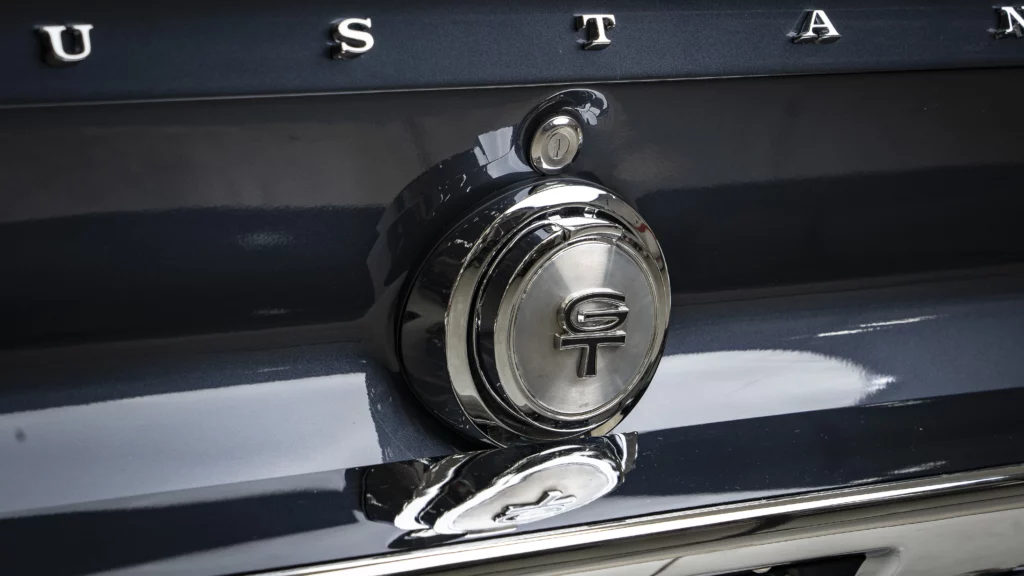
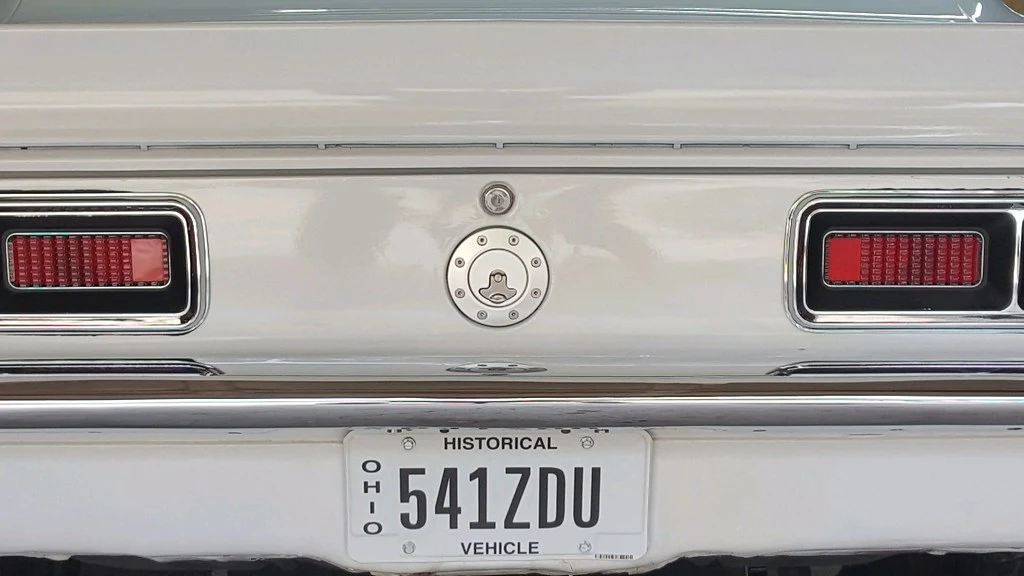
5. In the Trunk
Other classic cars, mostly European, decided to hide the gas filler beneath the trunk lid. This setup involves a concealed compartment or access point within the trunk, where the gas cap and fuel filler neck are discreetly housed. Accessing the gas cap typically requires opening the trunk lid, revealing the hidden compartment for refueling. Not only does this design choice maintain the vehicle’s sleek silhouette, but it also ensures convenient and locked access to the gas cap.
The Volkswagen Beetle is a prime example of this.
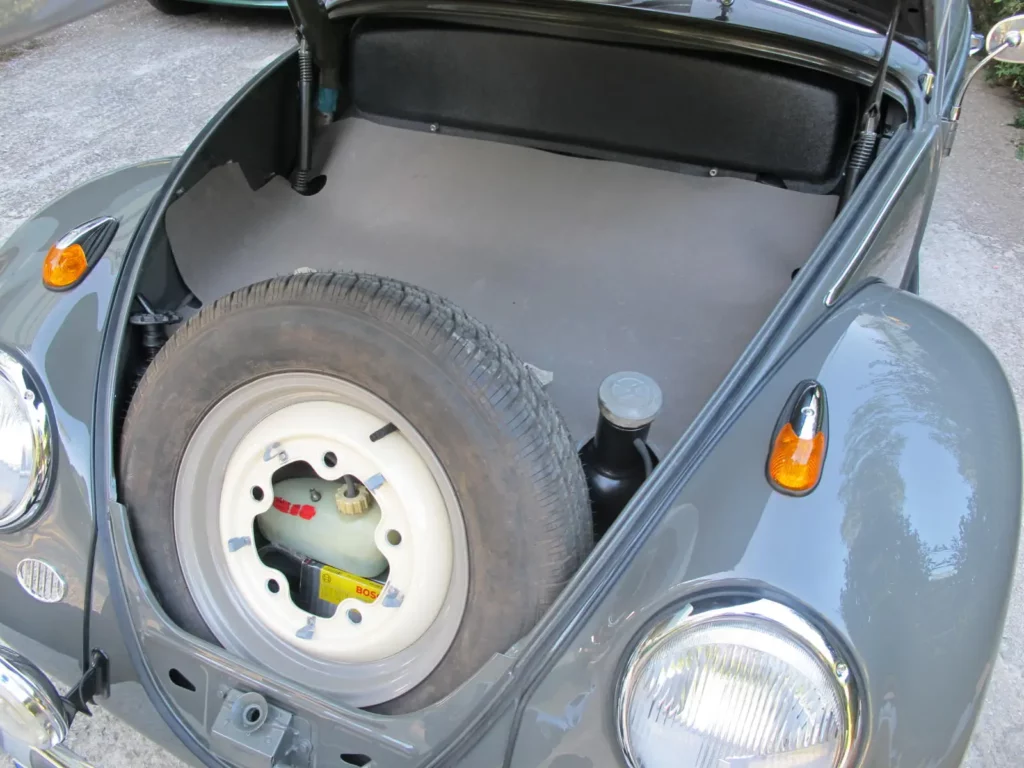
Why Don’t They Still Hide Gas Caps?
Well, the main reason is safety. Having the fuel filler behind the rear license plate and then getting rear-ended didn’t usually end well. Advancements in technology led to manufacturers using a fuel door on the side of the vehicle, where we see them today.
Conclusion
In the 1940s and 1950s, having a hidden gas cap was a pretty common trend, with manufacturers like Peugeot, Chrysler, Chevy, Ford, Nash, Oldsmobile, and a whole lot more all participating in one way or another. The last car to have a hidden gas cap was the 1996 Chevy Impala, which used a spring-loaded license plate mount.
What do you think of hidden gas cap locations? Have you ever seen one before? Which is your favorite? Let us know below, and make sure to check out some of our other articles!


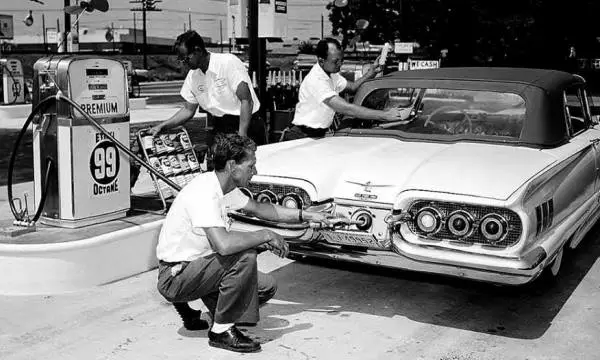
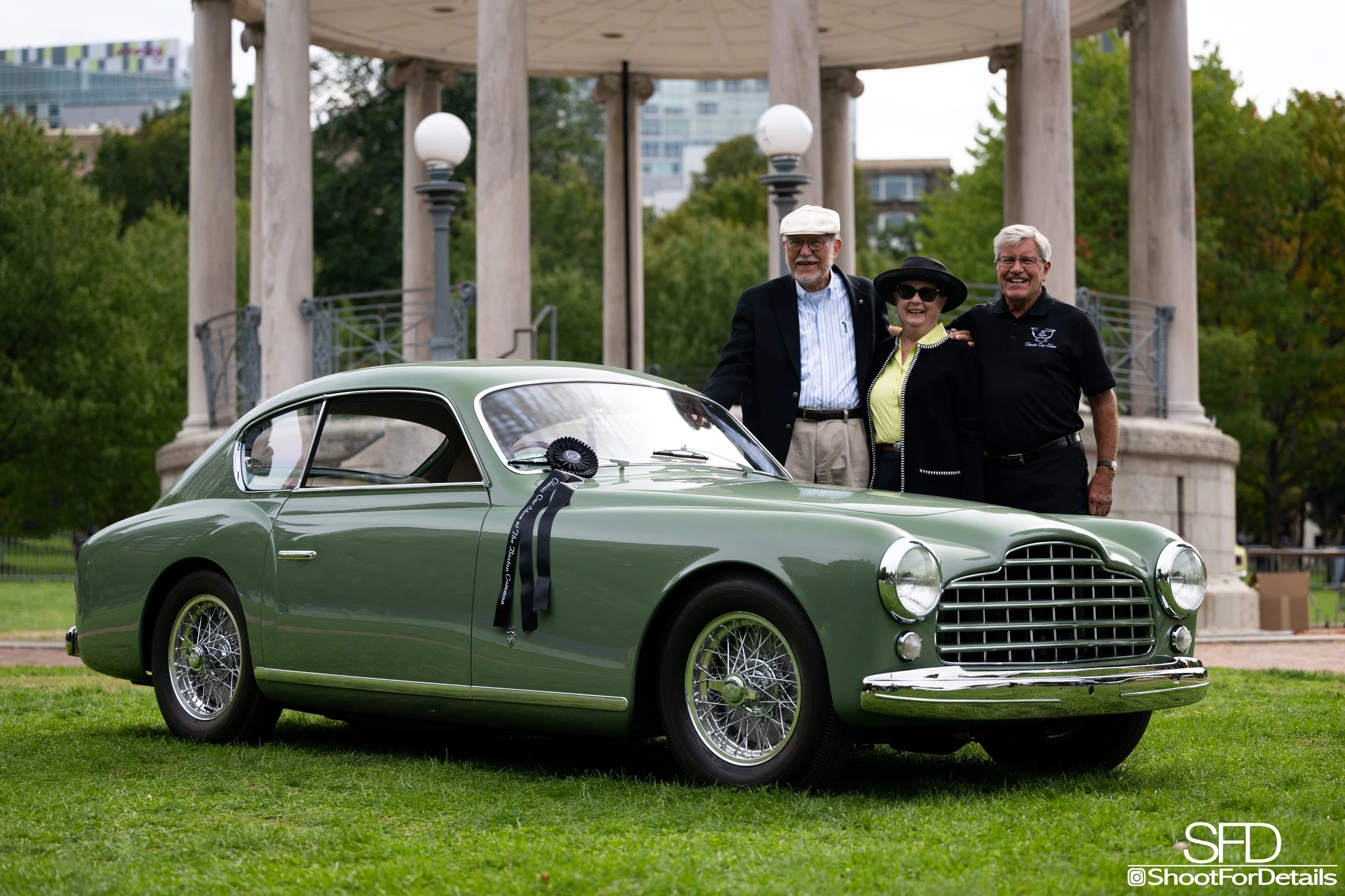
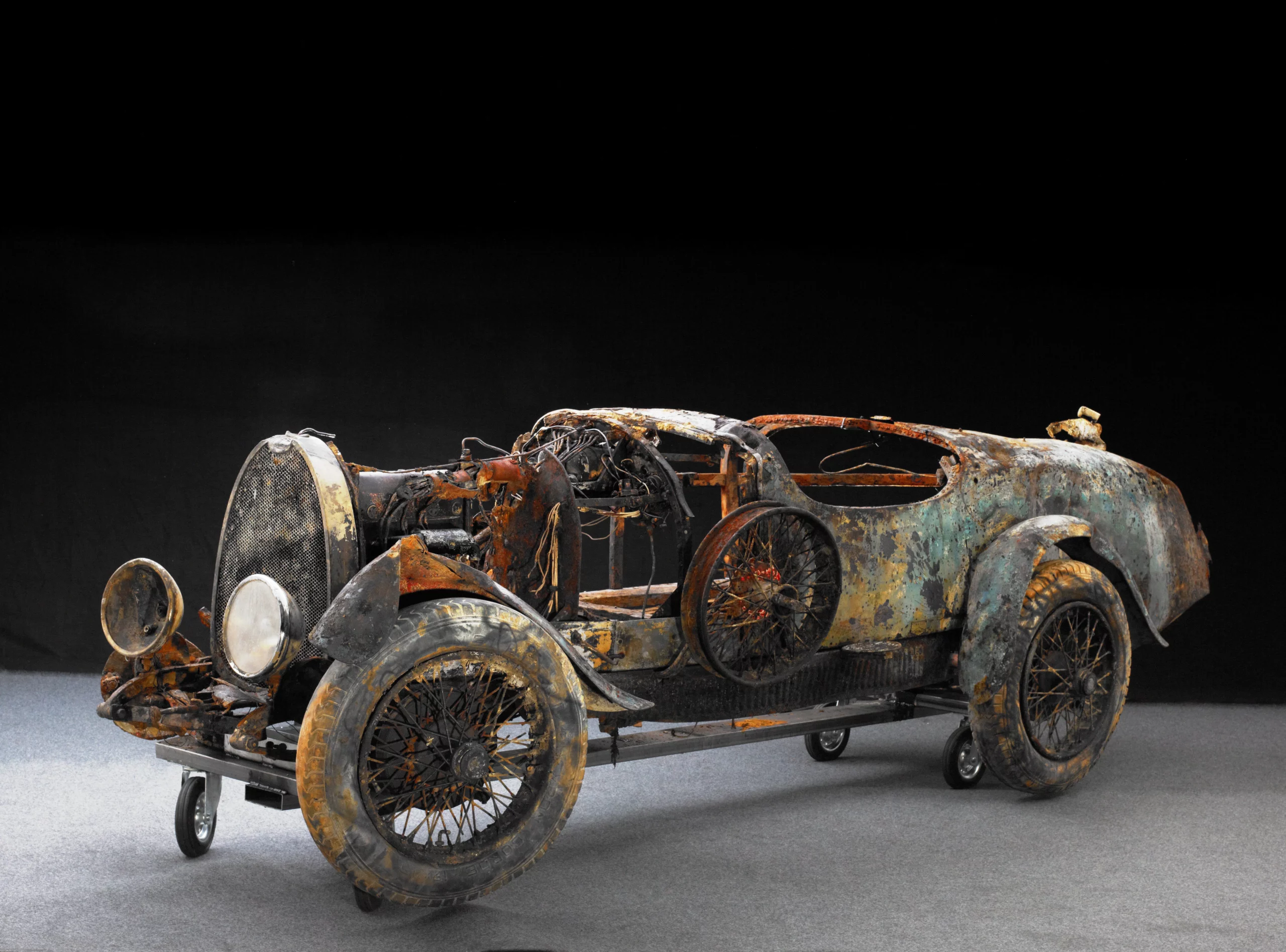
0 Comments